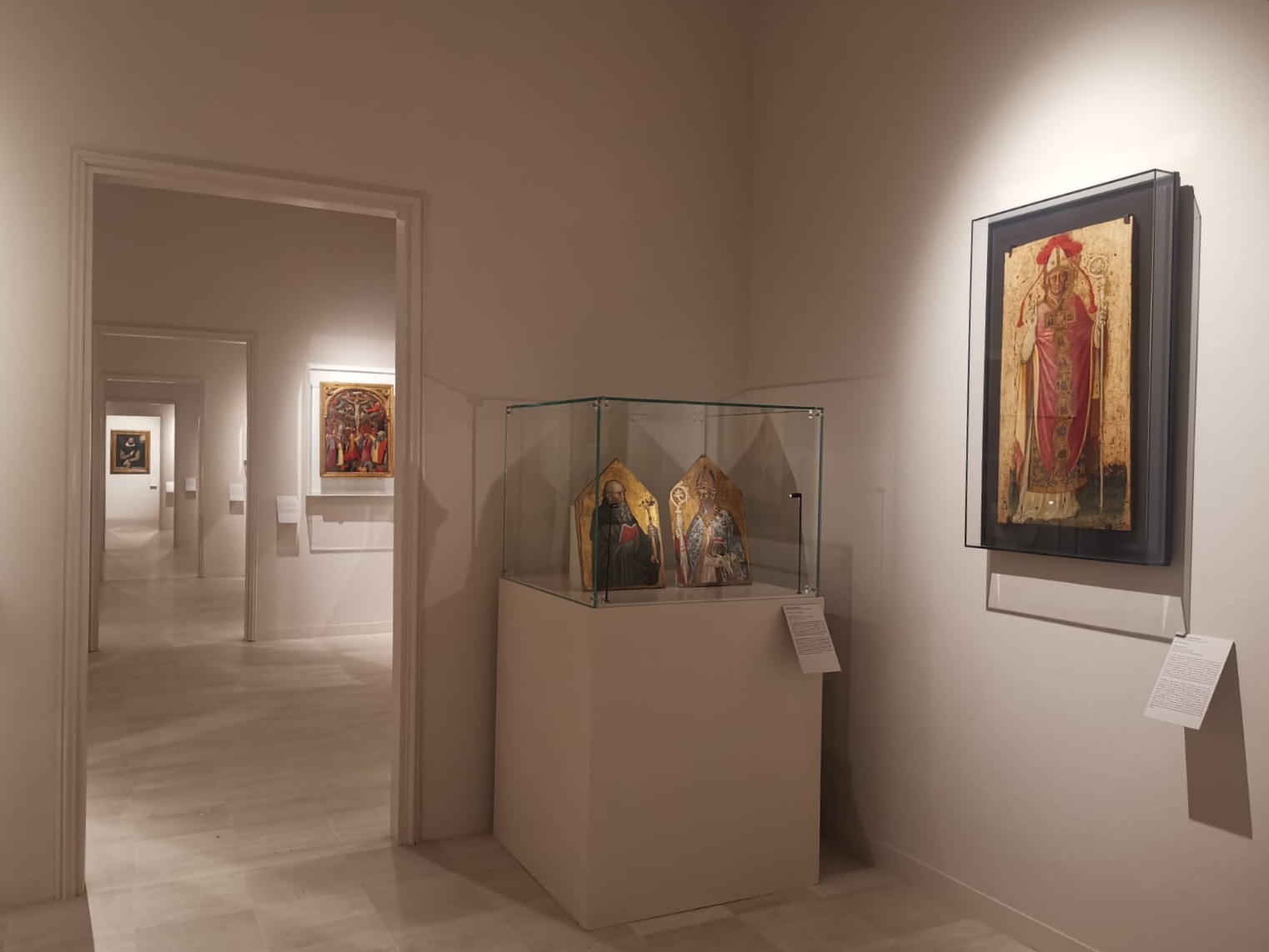
The collection of the MAR, the Museum of the City of Ravenna, is originally the seat of the sixteenth-century monastery of Santa Maria in Porto. It is made up of a wide nucleus of works that derives in a large part from the religious corporations’ suppressions of the territory. In particular, several paintings come from the monastery of Classe of the City of Ravenna, which was suppressed in 1797 and whose properties went to the city hall.
From Compianto su Cristo deposto dalla croce OG Giorgio Vasari, the major exponent of the sixteenth-century art historiography to the altarpiece with the Madonna in trono con il Bambino tra i Santi Girolamo e Caterina d’Alessandria of Nicolò Rondinelli, Lo sposalizio mistico di Santa Caterina e i Santi Sebastiano, Girolamo, Rocco e Benedetto of Luca Longhi through the main active painters between the end of the 400 and 500 until the weel-known sepulchral slab of Guidarello Guidarelli, a leader from Ravenna who lost his life in mysterious circumstances. The works exposed here, mainly of devotional nature, represent an historic-artistic testimony of Emilia Romagna from the end of 300 to the all 600.
Inside the exhibiting halls, which were originally the monks’ cells of Porto, are chronologically exhibited from the fourteenth century to the early seventeenth small paintings, many of which were originally intended for private devotion or for religious institutions.
